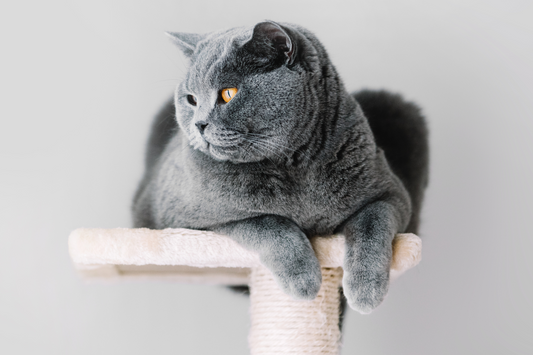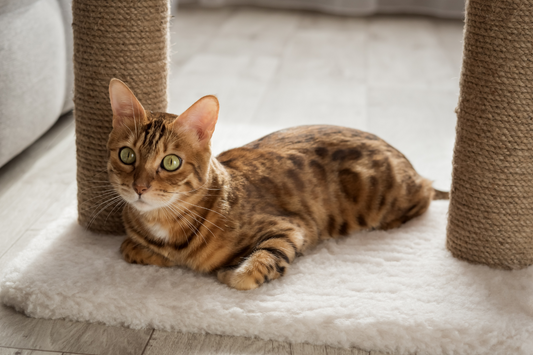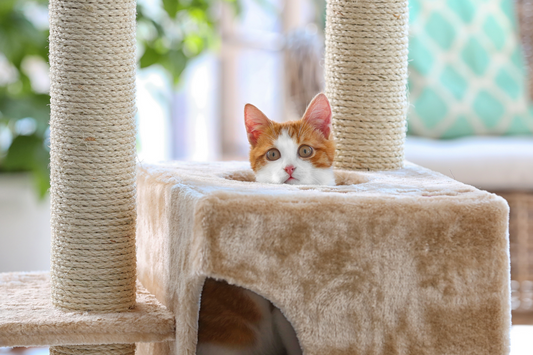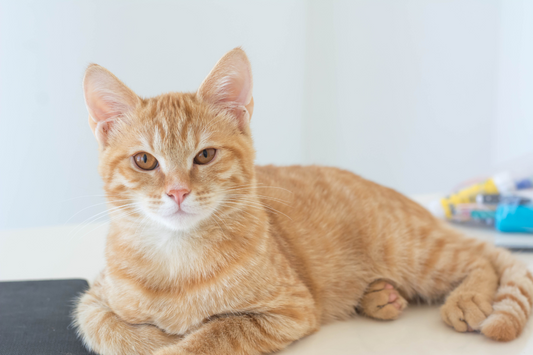
Bringing a new cat home? That old scratcher in the corner could be a tempting reuse…
You’ve just welcomed a new feline into your life, and you’re staring at that well-worn cat scratcher your previous kitty adored. It still looks somewhat usable, and tossing it feels wasteful—but is it safe to reuse old cat scratchers for new cats?
As cat lovers, we want the best for our pets while also being mindful of costs and sustainability. In this post, we’ll explore the pros and cons of reusing old cat scratchers, focusing on your cat’s health, behavior, and comfort. You’ll learn how scent affects feline behavior, how to assess and sanitize a used scratcher, and when it’s better to start fresh. We'll also hear from pet parents and experts to guide your decision.
Understanding the Role of Scent in Cat Behavior
Cats rely heavily on scent for communication and emotional security.
Scent Marking: When cats scratch, they’re not just maintaining their claws—they’re also depositing their scent via glands in their paws.
Emotional Triggers: A scratcher with another cat’s scent could either comfort a new feline or spark anxiety, depending on their temperament.
Territorial Clashes: In multi-cat homes, old scratchers can confuse hierarchy or ignite territorial behaviors.
Fun Fact: Some behaviorists suggest that scent familiarity can ease transitions for cats coming from multi-cat shelters—but only if they feel safe.
Potential Risks of Reusing Old Cat Scratchers
Before placing an old scratcher in front of your new companion, consider these risks:
1. Health Hazards
Used scratchers can harbor bacteria, allergens, or flea eggs, especially if the previous user had health issues or wasn’t treated for pests.
2. Behavioral Confusion
The residual scent may make your cat feel like they're entering another cat’s territory, leading to avoidance, over-marking, or stress behaviors like hiding or over-grooming.
3. Structural Damage
If the scratcher is frayed, unstable, or has splinters or staples exposed, it could be physically unsafe for curious paws.
When It’s Safe to Reuse a Cat Scratcher
If you’re still open to the idea, here’s how to evaluate whether it’s safe:
✅ Structural Inspection
1. Is the base wobbly?
2. Are any materials fraying excessively?
3. Is the core intact and safe from splinters?
Deep Cleaning Steps
1. Vacuum the scratcher thoroughly
2. Use a pet-safe enzymatic cleaner or diluted white vinegar
3. Deodorize with baking soda and leave in sunlight to naturally disinfect
Neutralize Scents
Use enzyme cleaners that eliminate organic odor molecules rather than just masking them. Avoid scented sprays that may irritate your cat’s sensitive nose.
Tips to Introduce a Reused Scratcher to a New Cat
Once cleaned and deemed safe, slowly introduce it to your new feline:
1. Place in a neutral space (not near food, litter, or the cat’s sleeping area)
2. Sprinkle catnip to create positive associations
3. Encourage interaction with play or treats
4. Watch for reactions—tail flicks, sniffing, or outright avoidance can indicate discomfort
What Cat Owners Say
Sarah from Oregon:
“I reused my older cat’s scratcher after a deep clean, and my new kitten loved it instantly. Maybe it made her feel less alone.”
Jamal, shelter volunteer:
“We clean and reuse scratchers all the time for foster cats. Some love it, some need a brand-new one. It depends on the cat’s personality.”
Quick Tips from the Community:
“Wrap the old post in fresh sisal rope for a semi-DIY refresh”
“Place an old T-shirt with your scent nearby to create familiarity”
“Use cat-safe essential oils sparingly to neutralize odors”
Final Thoughts — Reuse with Care
So, is it safe to reuse old cat scratchers for new cats? Yes—if you take the right precautions.
1. Check for structural integrity and thoroughly sanitize the scratcher
2. Pay attention to your cat’s behavior and comfort level
3. Introduce slowly and pair with new scratchers when possible
Some cats may embrace the reused item, while others need a fresh start. A careful, scent-neutralized approach helps you reuse responsibly—keeping your cat safe, your home clean, and your budget happy.











